-
 © Luc Lacey/Classic & Sports Car
© Luc Lacey/Classic & Sports Car -
 © Tony Baker/Classic & Sports Car
© Tony Baker/Classic & Sports Car -
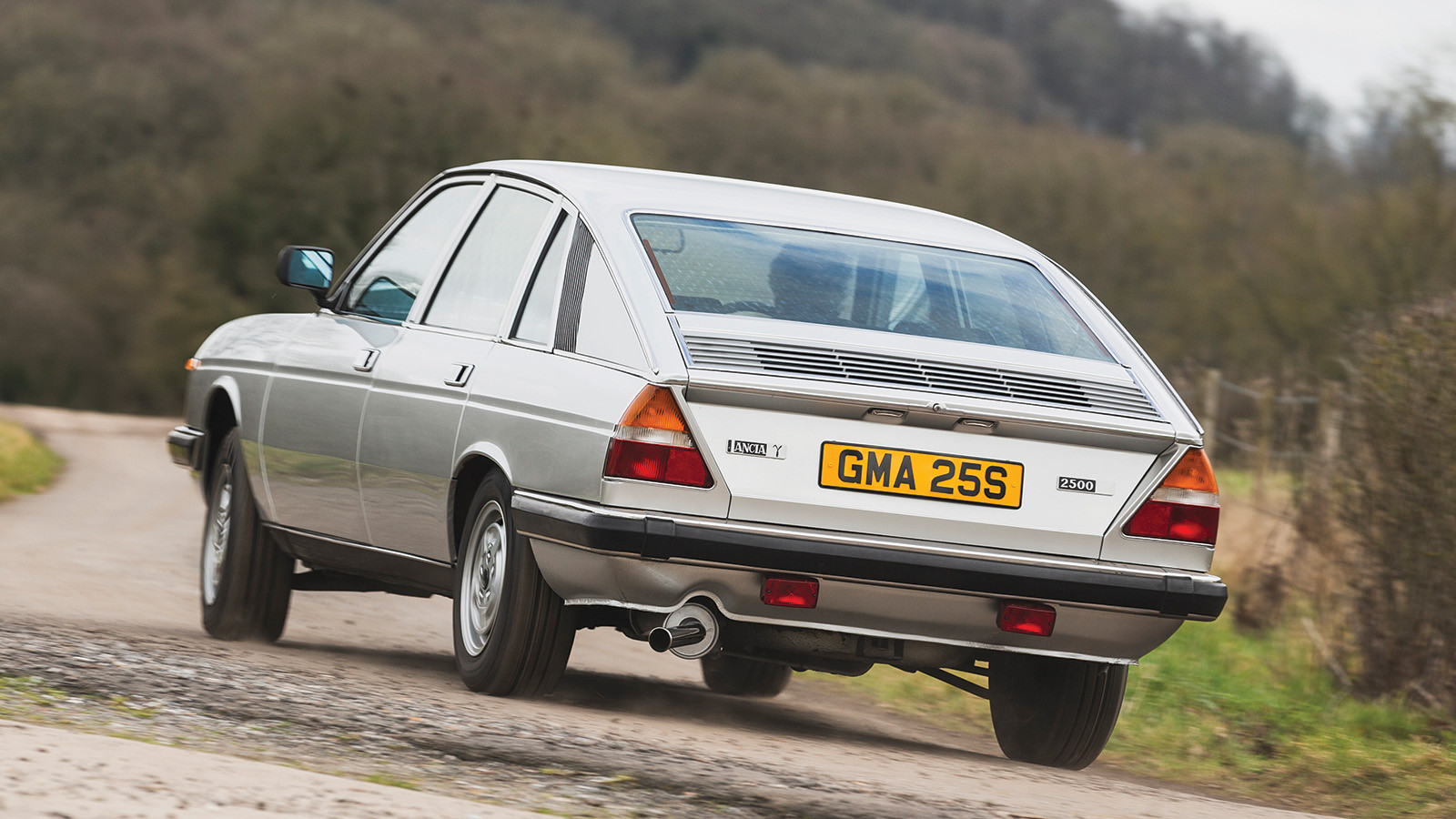 © Luc Lacey/Classic & Sports Car
© Luc Lacey/Classic & Sports Car -
 © John Bradshaw/Classic & Sports Car
© John Bradshaw/Classic & Sports Car -
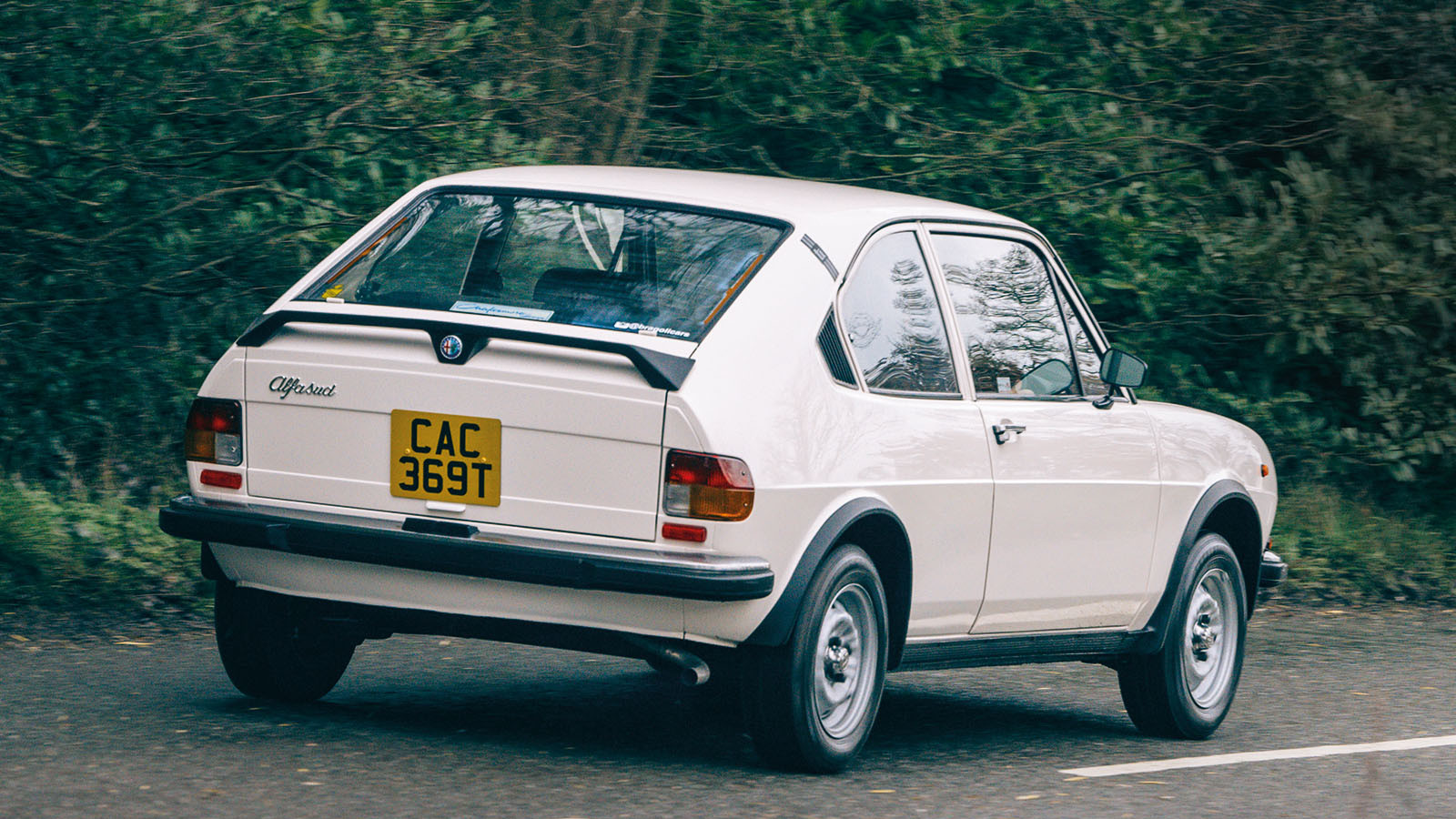 © Olgun Kordal/Classic & Sports Car
© Olgun Kordal/Classic & Sports Car -
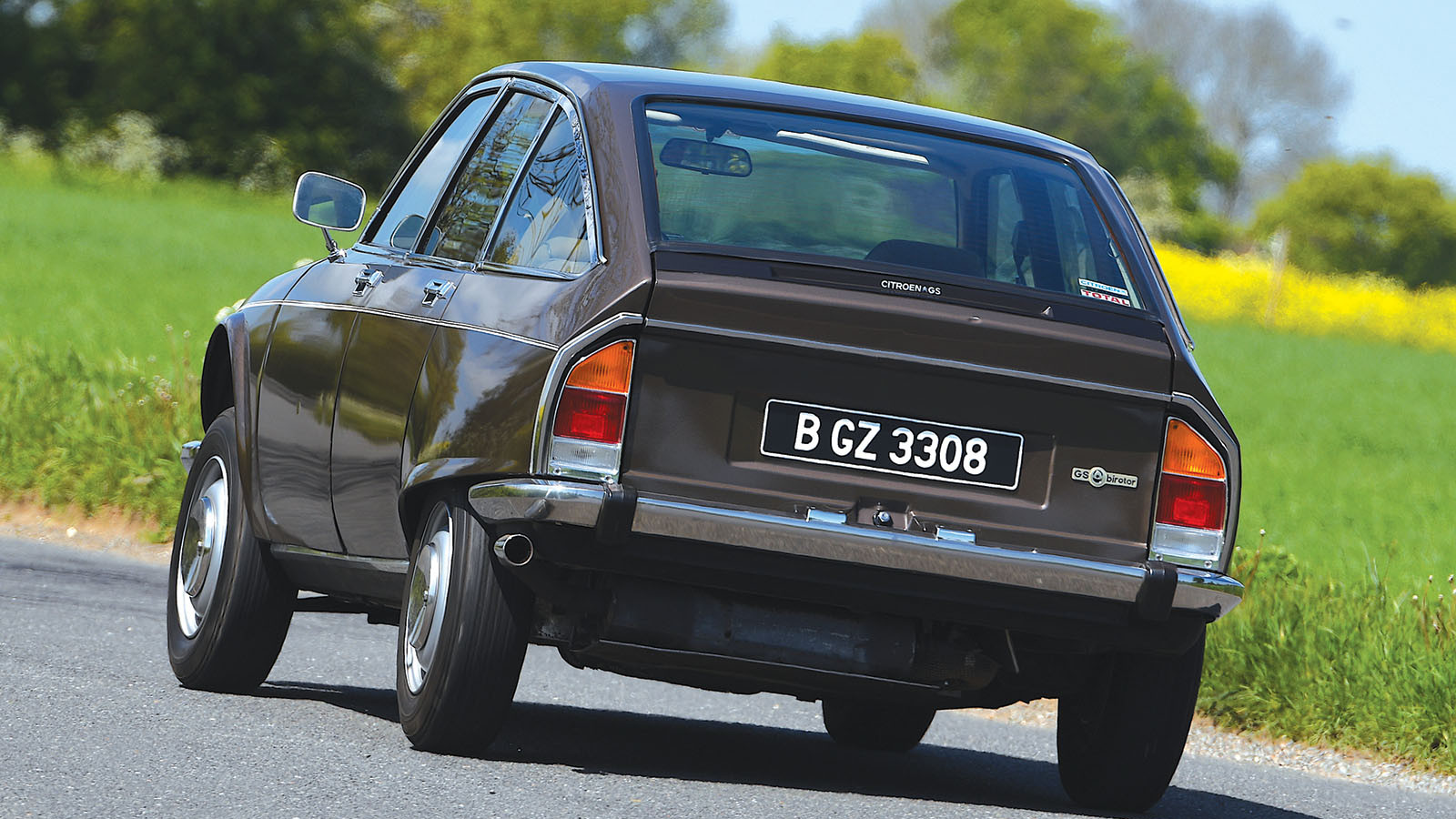 © John Bradshaw/Classic & Sports Car
© John Bradshaw/Classic & Sports Car -
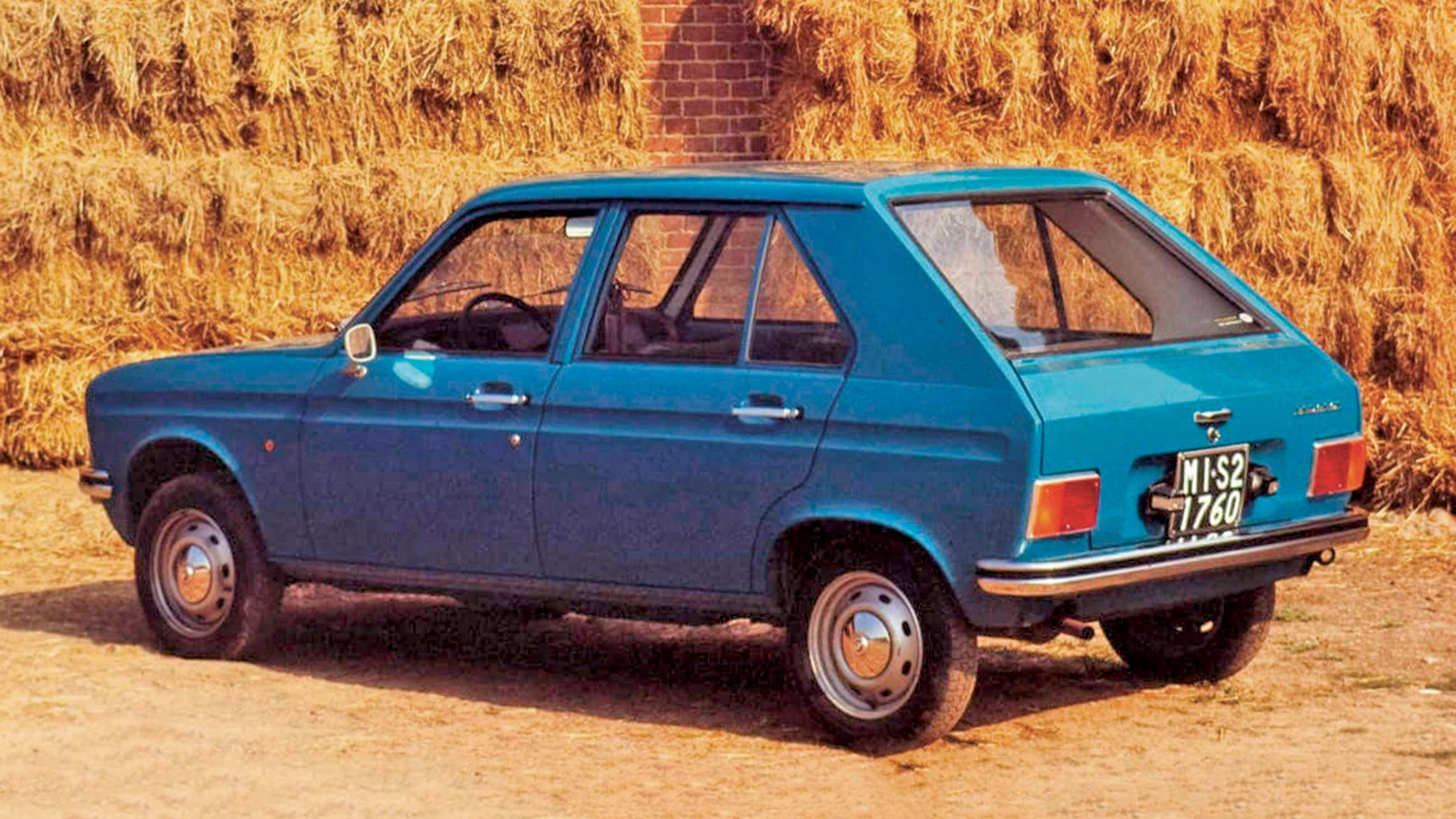 © Haymarket Archive
© Haymarket Archive -
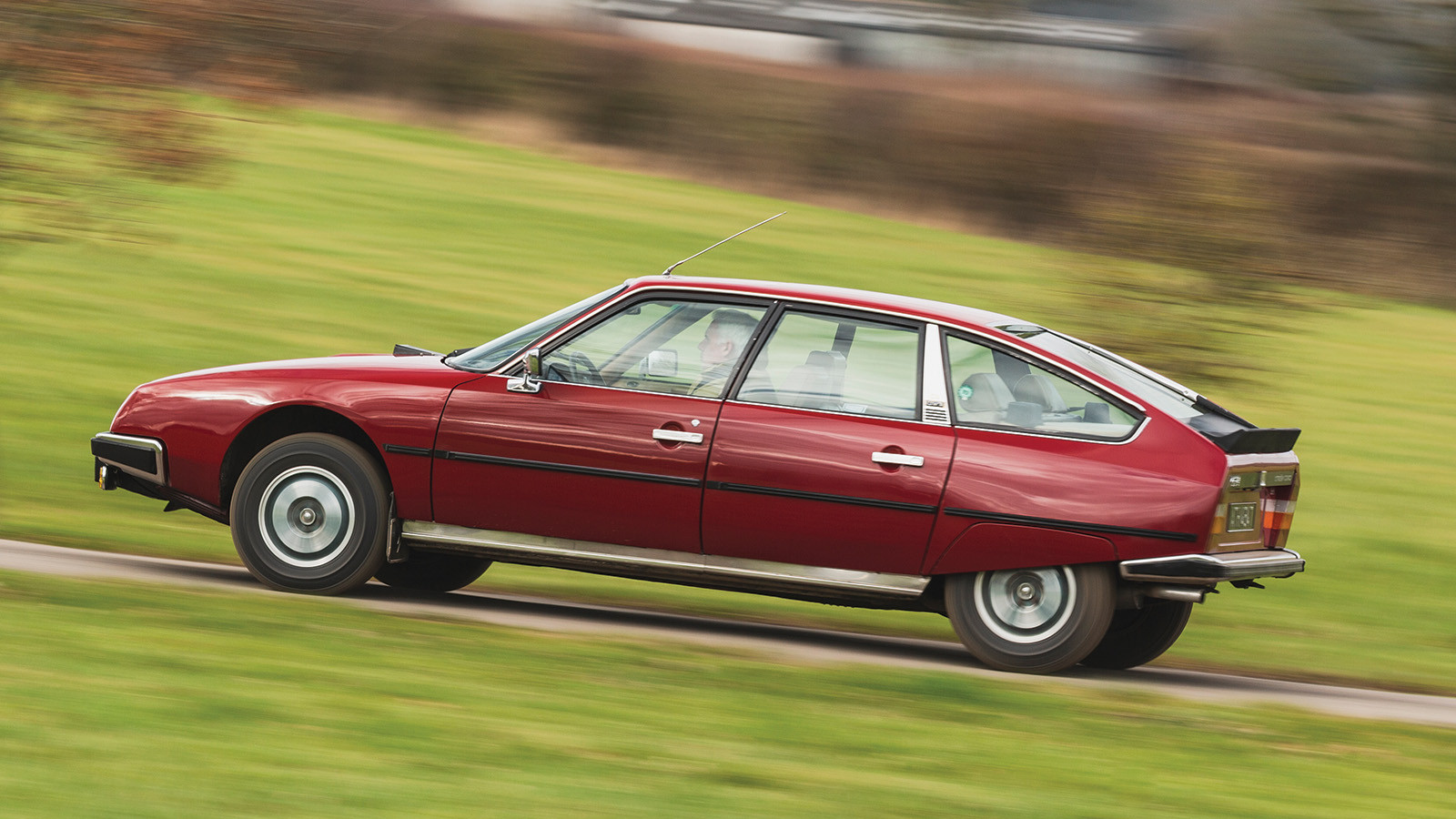 © Luc Lacey/Classic & Sports Car
© Luc Lacey/Classic & Sports Car -
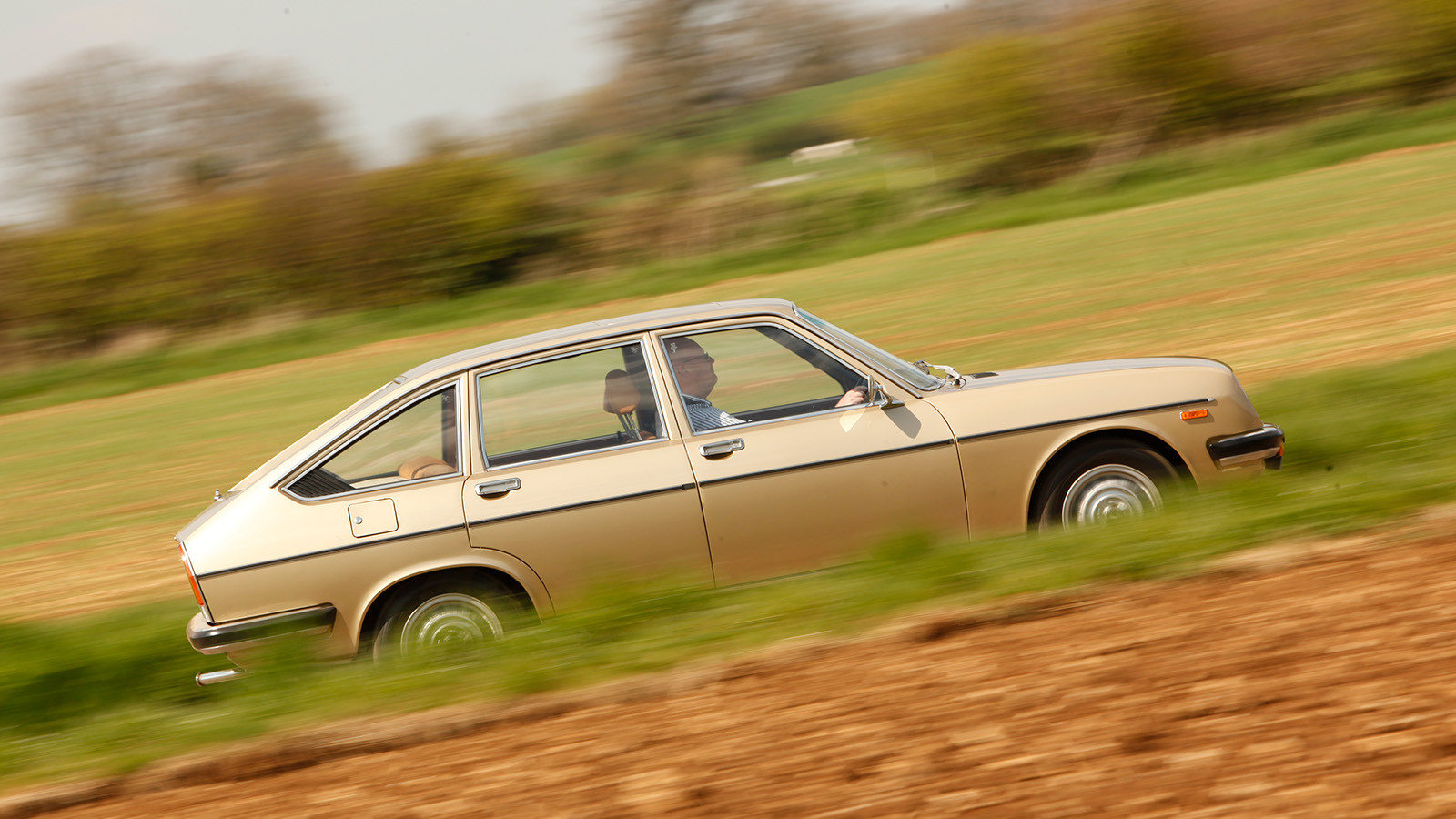 © Tony Baker/Classic & Sports Car
© Tony Baker/Classic & Sports Car -
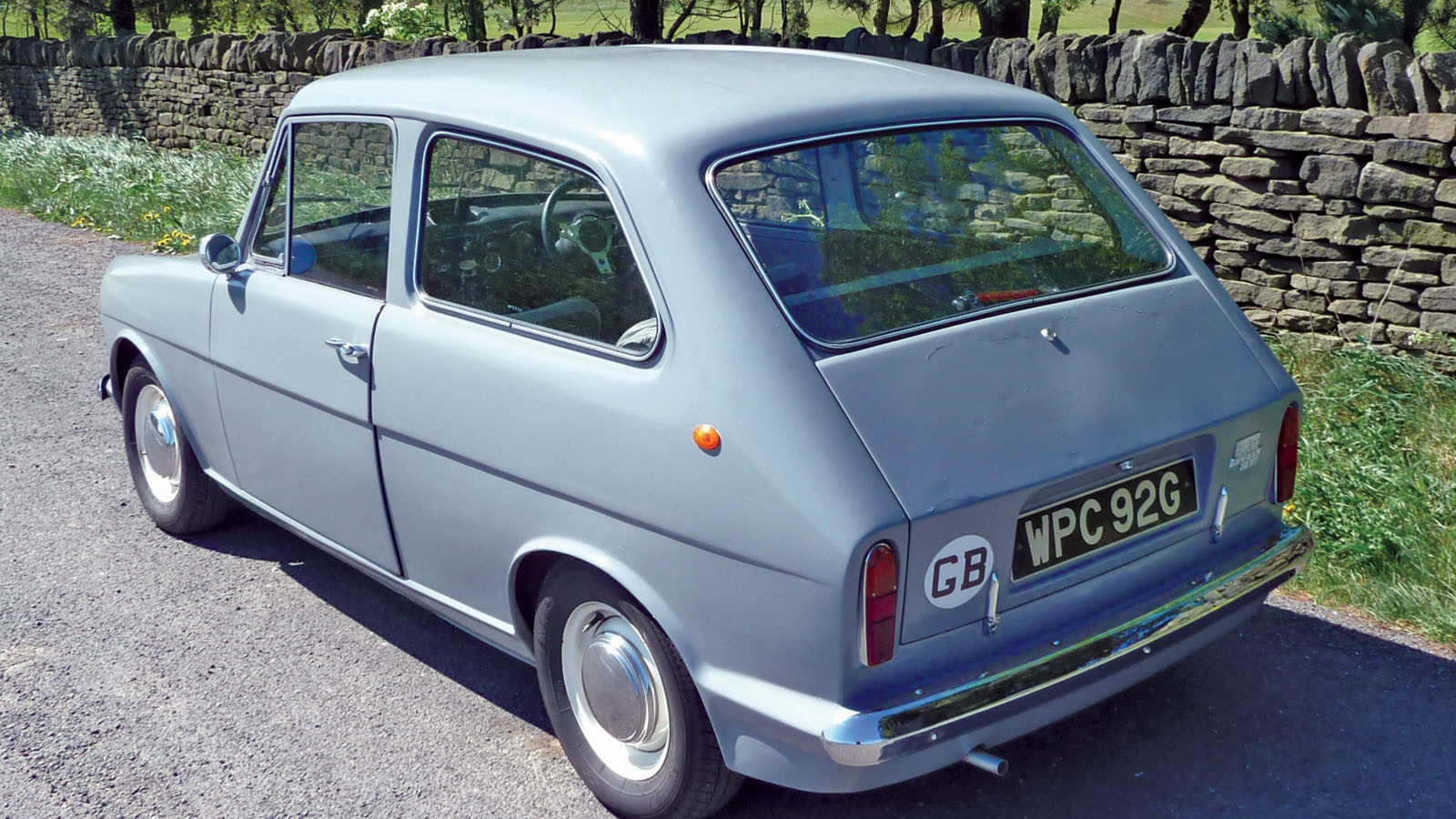 © homer----simpson/Creative Commons licence https://creativecommons.org/licenses/by-sa/2.0/deed.en
© homer----simpson/Creative Commons licence https://creativecommons.org/licenses/by-sa/2.0/deed.en -
 © Bonhams|Cars
© Bonhams|Cars
-
Backs that failed to hatch
Although it had a variety of antecedents – the Citroën Traction Commerciale and Kaiser Vagabond, to name just two – the Renault 16 of 1965 really began the trend towards two-box, family-sized vehicles with the versatility of a fifth door and folding seats, rather than a bootlid with the traditional separate luggage compartment.
Today, almost everything small or mid-sized has a hatchback but, as far as larger cars are concerned, the fashion probably peaked in the mid-1970s with the Renault 20 and 30, the Audi 100 Avant and the Rover SD1, which together appeared to represent the furthest upmarket the liftback idea could be extrapolated.
The emergence of booted saloon versions of hatches in the early ’80s – see Ford Orion, Sierra Sapphire and Vauxhall Belmont – showed that there was a pushback against the trend among buyers.
Meanwhile, a curious sub-group of two-box vehicles began to emerge.
These cars looked like hatchback saloons – in other words, ‘fastback’ rooflines with no separate boot – but which, for some reason, still incorporated conventional bootlids where the rear window stayed put when the lid was opened and the seats generally didn’t fold down.
It was almost as if their creators had lacked the courage to go ‘full hatch’ at the last minute.
Many of those on our list did, eventually, acquire fifth doors by popular request, and usually (but not always) became more successful in the process. Others never did.
-
1. Leyland Princess
This 1975 replacement for the widely respected but unlovely 1800/2200 ‘Landcrab’ was one of British Leyland’s better efforts of the ’70s.
Launched in Austin, Morris and Wolseley forms, but soon rationalised as the Princess, its roomy, wedge-shaped body was modern and distinctive, with a roofline that flowed straight into the boot area to suggest a trendy fifth-door set-up.
But there was no hatch, only a rather stunted bootlid and a narrow rear ’screen that, when combined with chunky C-pillars, made reversing tricky.
Doubtless BL salespeople directed hatchback buyers to the five-door Maxi.
Anorak fact BL eventually got the message and relaunched the Princess as the five-door Ambassador in 1982. But it was too late: the Ambassador, quite extensively modified, was only in production for 18 months
-
2. Lancia Gamma
The Gamma Saloon was Lancia’s prestige offering for the mid-1970s, with a Pininfarina-designed body directly descended from its 1967 BMC 1800 Aerodinamica show car that was so tragically ignored by the British Leyland management.
The Gamma’s two-box appearance, therefore, was more in the name of slipperiness than convenience.
At the time of its introduction the Gamma did at least have an ‘interesting’ bootlid, which was double-hinged to ease access and had an additional window cut into it to aid reversing.
The Gamma was always bedevilled by engine problems, and it seems unlikely that a fifth door would have done much for its popularity.
Anorak fact Lancia claimed that a hatchback arrangement was ignored in the interests of ‘not disturbing rear passengers’
-
3. Austin Allegro
With hindsight, it’s too easy to criticise the Allegro for its lack of the hatchback its shape seemed to invite.
But in 1973 few of its rivals had a hatch, either – even the French and Italian ones – at least to begin with.
More important, it had a vastly larger boot than the ADO16 range, which was always a criticism of the Alec Issigonis design.
The introduction of the Series 2 in late ’75 could have been the perfect opportunity to engineer a hatch option, but once again British Leyland sidestepped the idea, probably on the grounds of added cost (both in development and for the customer) and the risk of taking sales away from the Maxi.
Anorak fact Another reason for skipping a hatch may have been concerns about rigidity. When Crayford built Allegro convertibles in 1975, it found the two-door body to be one of the weakest it had encountered with the roof removed
-
4. Alfa Romeo Alfasud
The Alfasud was such an obvious candidate for the hatchback treatment that it’s hard to see why it took 11 years for Alfa to get around to making it that way.
The only theory we can offer is that the ’Sud was selling so well that the firm didn’t see the need, when the conversion would have inevitably made the car more expensive to produce.
It was the Volkswagen Golf (also by Italdesign) that really pushed the third/fifth-door idea in this size of car, and that was still three years away from production when the ’Sud was launched in 1971. So why bother?
Anorak fact The Sprint coupé version was only ever a hatch, and there was always the three-door ’Sud estate, the Giardinetta (but never in the UK)
-
5. Citroën GS
The Citroën GS of 1970 was an even more likely five-door/folding-seat candidate than the DS and CX, being a smaller and more family-orientated vehicle, but also upscale of the two-cylinder Ami and Dyane – the latter already a hatchback to make it more competitive with the Renault 4.
It is hard to say where Citroën’s thoughts lay, but, given the overall sophistication of this flat-four or rotary-engined saloon, with its self-levelling suspension and slippery styling, it’s easy to forgive the omission.
The brand redeemed itself in ’79 with the introduction of the five-door second-generation GSA.
Anorak fact The Citroën GS was the most aerodynamic car in its class, with a Cd of 0.31
-
6. Peugeot 104
The Peugeot 104 is the forgotten member of the early ’70s European supermini club.
While the Renault 5 had its chic individualism and the Fiat 127 its knockabout Italian bravado, the little Peugeot was restrained and rather conservative.
It was, though, a neat-looking city car that had a long and successful production run, spawning a variety of reskinned and utterly forgettable 1980s sub-variants such as the Citroën Visa/LN and LNA, and the Talbot Samba.
At launch in 1972, however, the 104 came only with four doors and a bootlid, reflecting Peugeot’s innate conservatism.
It would be four years before the hatchback arrived – at which point the booted four-door was booted out – but there was a sporty, short-wheelbase three-door 104 coupé variant from the end of 1973 that somewhat foreshadowed the appeal of the iconic 205 GTI that would truly establish Peugeot’s credentials in the small-car sector.
Anorak fact The 104 was designed by Paolo Martin while he was working at Pininfarina
-
7. Citroën CX
Like the 1976 Lancia Gamma, the 1974 Citroën CX was inspired by the shape of the ’67 BMC Aerodinamica, even though its maker would never have admitted it.
The reasons behind the similarity may have had their origins in a mooted liaison between Fiat and Citroën, the proposal for which was well under way in the early 1970s.
Certainly, both Lancia and Citroën took the view that a fifth door was not appropriate, which is a bit odd given that the 1970 SM had a hatchback.
Citroën may well have harboured concerns about a five-door CX taking sales from the capacious CX Safari estate.
Anorak fact Had General de Gaulle not quashed the Fiat/Citroën tie-up, the CX and Gamma would have shared some components, the CX likely with the Lancia’s flat-four and the Gamma with Citroën’s hydropneumatic rear suspension
-
8. Lancia Beta
Lancia’s resistance to making the Beta saloon a hatch likely had its roots in the fact that it was the prestige brand in the Fiat portfolio, and the world wasn’t quite ready for a Lancia that might be perceived as a workhorse.
This certainly didn’t thwart the Beta’s commercial success (at least at first), and Lancia revisited the hatchback idea with the sports-estate version of the Beta Coupé, called the HPE, in 1975.
Right through to its third series the two-box Beta saloon/berlina remained resolutely hatchless, but did acquire a three-box, booted sibling called Trevi, a car only remembered today for its bizarre Swiss-cheese dashboard.
Anorak fact When Fiat took Lancia over in 1969, there were no new models in the pipeline. The Beta was developed from scratch in two years
-
9. Reliant Rebel
The Rebel was Reliant’s second foray into the world of four-wheelers after the Sabre sports cars.
It had a glassfibre body and a construction that paralleled the three-wheeler Regal, using Triumph suspension parts.
The Ogle-styled body, which looked as if it had been designed by – or for – a Mr Men character, suggested a hatchback, but in fairness nobody was really expecting one in 1964.
The Rebel was powered by Reliant’s own all-aluminium, overhead-valve engine (developed from the original Austin Seven) and didn’t quite attract the derision reserved for its three-wheeled siblings, but it wasn’t far behind.
Fuel economy of 60mpg was an inducement for some Imp or Mini buyers, despite it costing £50 more.
Only 2600 were built, so the Reliant has curiosity value.
Anorak fact The Rebel was replaced in 1975 by the Kitten, which had a hatch – of sorts – in the form of a hinged rear window
-
10. Fiat 127
Fiat tended to try out new ideas on sister brand Autobianchi’s models before risking possible commercial ignominy on its more important high-volume sellers.
As such, the 1964-’70 Autobianchi Primula had front-wheel drive and a hatchback option years before the 127 and 128 arrived.
Replacing the rear-engined 850, the 127 of 1971 was the first member of what became known as the ‘supermini’ sector, cars just a little larger and more refined than the BMC marvel, but designed around the same principles of efficient packaging, and the Renault 5 and Volkswagen Polo soon joined it.
They both had hatchback tails but the 127 didn’t – at least for the first year – indicating a certain conservatism on the part of domestic buyers.
A near-four-million seller, the 127 was offered in two-door booted form right through to the end of production in the early 1980s.
Anorak fact In Spain, Seat built the 127 in three- and five-door hatchback forms
